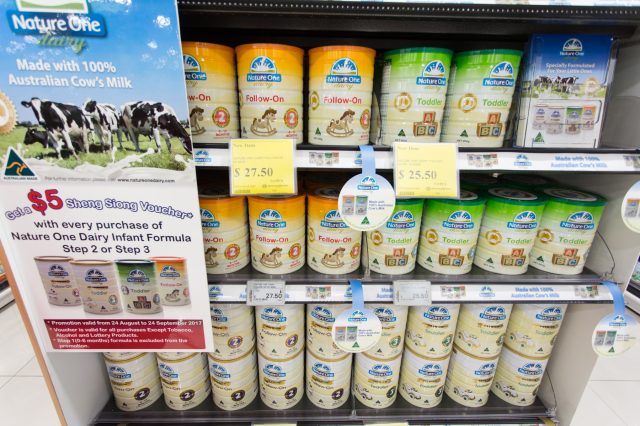
Low oil prices have weighed heavily on global markets in 2016, with investors and pundits alike unsettled by the speed and size of the fall. But where there are losers there are also winners, depending on whether you are a producer or a consumer of what was once hailed as black gold.
From a high of US$145 a barrel in 2008, the price of West Texas Intermediate, America’s benchmark oil price, has dipped below US$30, its lowest level in 13 years. As the graph below shows, crude oil prices have fallen by over 70 per cent since mid-2014.
To understand why this is happening, you need to start with global supply and demand.
Oil prices fall

SOURCE: www.tradingeconomics.com I NYMEX
Supply and demand
The collapse in oil prices is due mostly, but not exclusively, to oversupply. When oil was fetching more than US$80 a barrel there was a great incentive for the United States to boost production of shale oil, gas and coal to reduce its energy dependence on OPEC.
By 2015, US daily oil production overtook that of Saudi Arabia, putting downward pressure on prices. But rather than turning off the taps to prop up prices, as you might normally expect, OPEC responded by abandoning output quotas to protect market share and drive higher-cost producers out of business.
Then just as it seemed prices couldn’t go any lower, the US lifted trade sanctions against Iran, a major oil producer. Uncertainty about how much oil Iran will export is helping to keep prices low.
In February, Saudi Arabia and Russia moved to freeze output at current levels. Iran supported the move, but only after it increases output to levels achieved before the imposition of trade sanctions in 2012.
Another factor weighing on the oil market is weakening demand due to the sluggish global economy. Apart from India and a wobbly China, the world is in an era of low growth and low inflation. All of which adds up to oil prices staying lower for longer. And that’s a good thing, right? The answer is, it depends.
Relief at the pump
Some of the biggest winners from lower oil prices are motorists. In Australia, the wholesale price of unleaded fuel has fallen to around 96c a litre, its lowest level in seven years. While petrol retailers can be tardy in passing on lower prices, the national average price of unleaded fuel has been as low as $1 a litre in some capital cities this year.
According to CommSec, the average household is saving around $56 a month on filling up the car with petrol compared with June last year. That’s equivalent to half a percent rate cut on a $180,000 mortgage.i
Cheaper to fill up

SOURCE: ORIMA (AIP), MotorMouth, CommSec
Any savings on petrol leaves more in the wallet for discretionary spending in restaurants, cafes and retail outlets. It also helps keep a lid on inflation and provides a boost to consumer confidence, which is good for business and good for the economy.
Market volatility
On the downside, the rapid fall in oil prices has contributed to sharemarket volatility.
At prices below US$35 a barrel, oil production by higher-cost producers becomes unprofitable. While US shale-oil production is falling, the cutbacks are not big enough yet to have a substantial impact on the oil market.
With little sign of a rise in oil prices in the near future, global investors are becoming increasingly nervous about the potential for some of the more marginal energy producers to default on their loans. This would put pressure on banks, one of the reasons for the heavy selling of bank stocks in recent months.
Even oil and gas giants such as Royal Dutch Shell and Conoco Phillips are cutting jobs and mothballing oil and gas projects as profits decline.ii
On the ASX, the energy sector was down 36 per cent in the year to mid-February, compared with a fall of 13.6 per cent for the broader market. Major oil and gas producers such as BHP Billiton, Woodside Petroleum and Santos have all been hit hard.
Oil price winners
Yet despite all the gloom and doom, there are a number of market sectors and companies that stand to benefit from lower oil prices.
Aviation and transport companies have been major beneficiaries of cheap oil. Qantas and Virgin have both lifted profits while ratings agency S&P recently upgraded Qantas’ credit rating. Competitive airfares are also good for tourism-related businesses.
While the oil market is stuck in an arm-wrestle between producers, the outlook for oil prices will remain uncertain.
If you would like to discuss the contents of this article in the context of your portfolio, please give us a call.
i ‘Petrol at 7-year low’, CommSec Economic Insights, Feb 22, 2016, https://www.commsec.com.au/content/dam/EN/ResearchNews/ECO_Insights_150216.pdf
ii ‘Low crude prices threaten to bankrupt oil nations’, Paul McGeogh, p30, The Sun-Herald, 7 Feb 2016.



